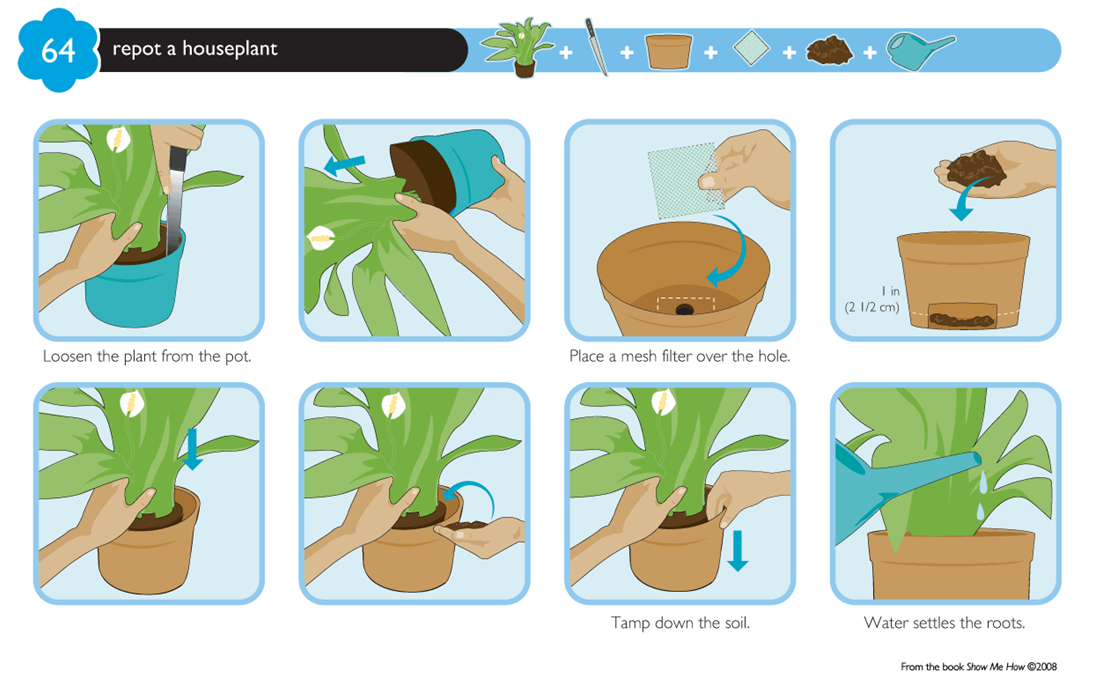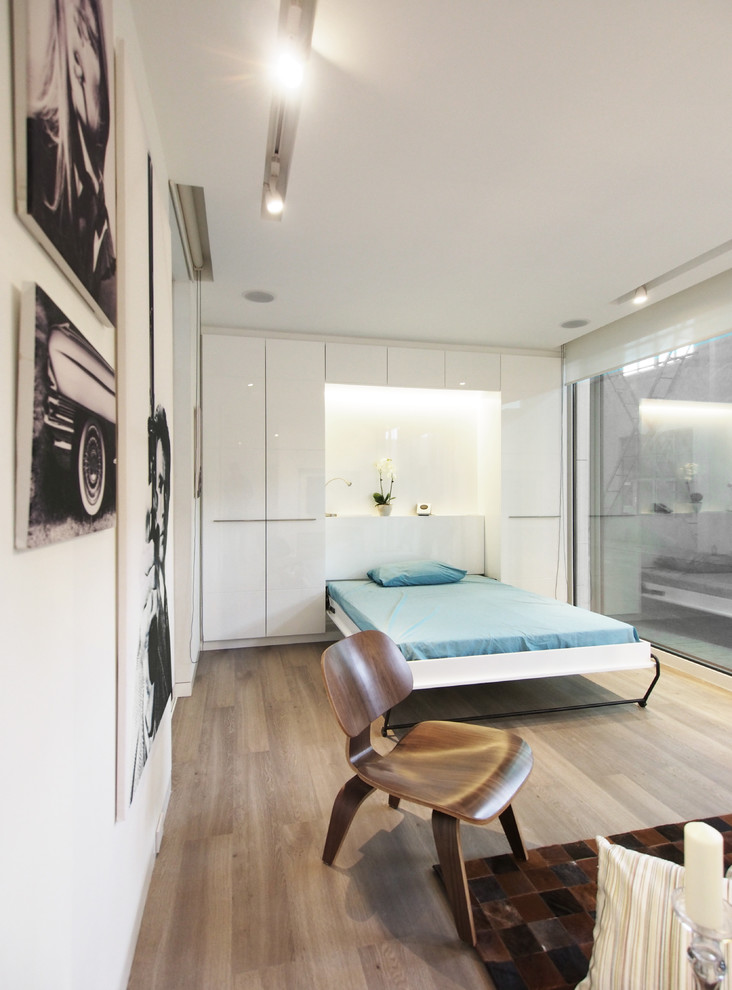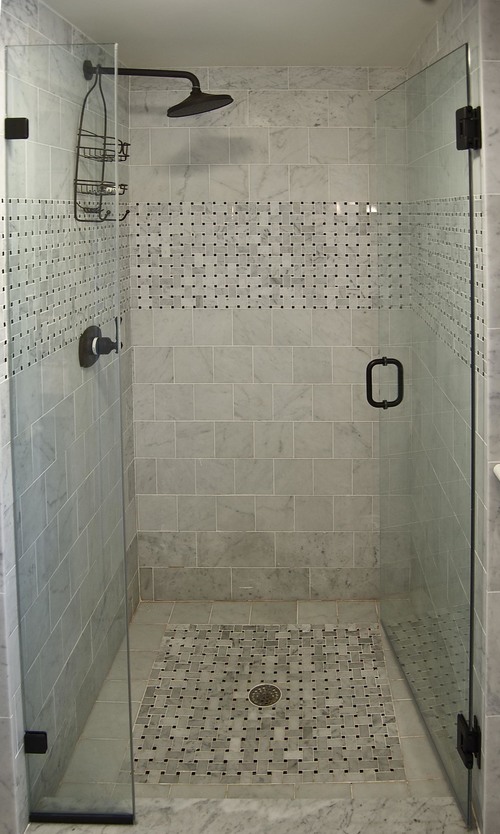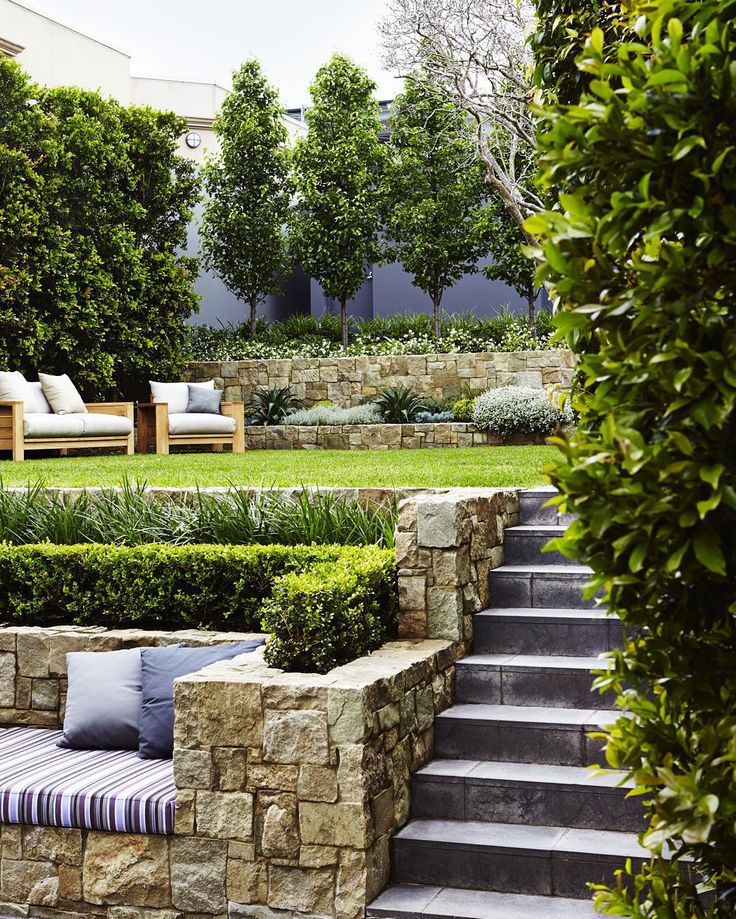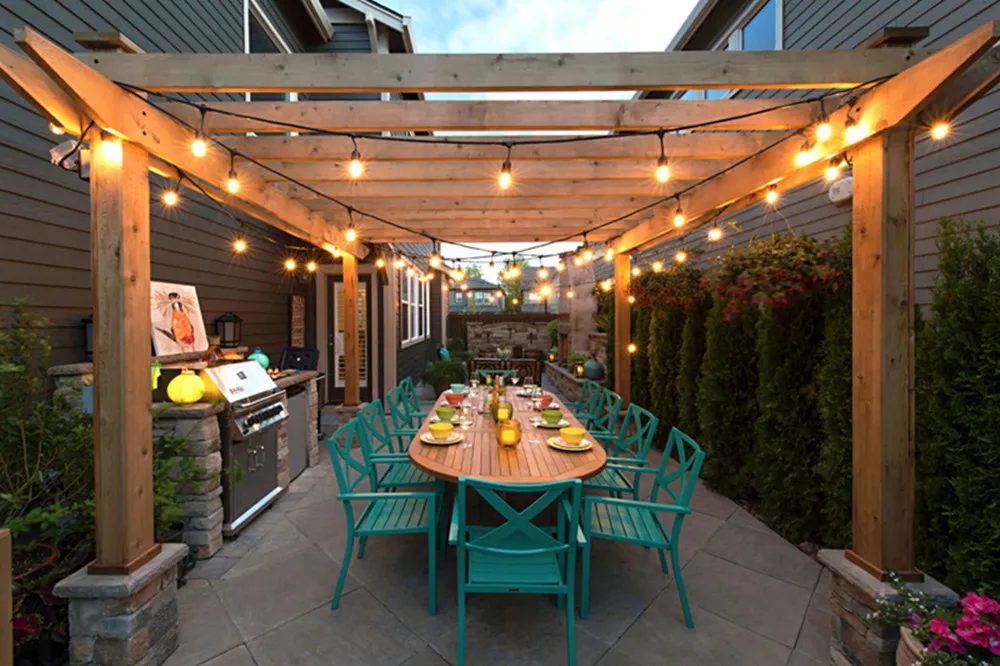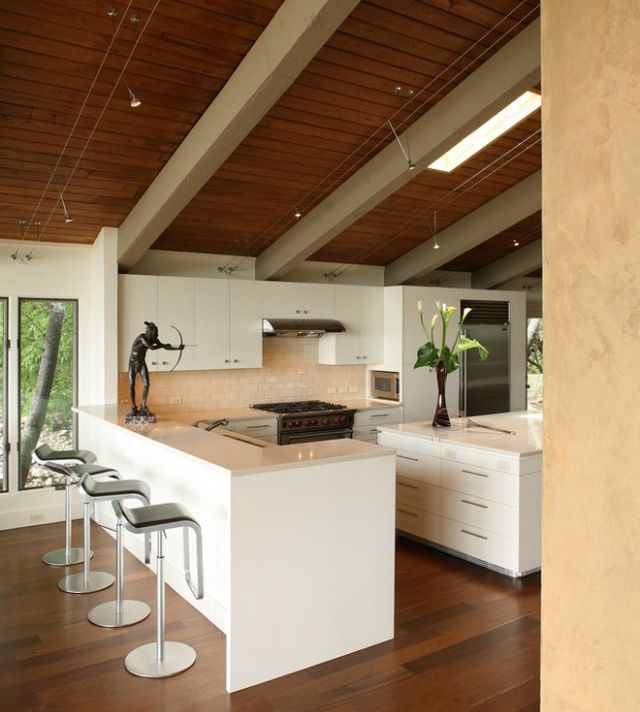Herb window box ideas
Herbs That Are Perfect for Window Boxes
The sun set hours ago, and a steady, cold rain is falling. But there’s no need to put on rain gear and find the flashlight for a trip to the herb garden. I simply reach out the kitchen window for a last-minute addition to our dinner salad—a rain-washed sprig of cucumber-flavored salad burnet. Ever since I planted my first culinary herbs and discovered I wanted them just outside the door, I dreamed of window boxes spilling over with fragrant herbs. Now I have several boxes in different themes. Near at hand, the herbs get used a lot in my daily cooking.
Window boxes are perfect for growing culinary herbs. Many of them grow well in confined spaces, and window boxes provide the good drainage essential to most herbs. In addition, the Mediterranean ones like staying drier under the eaves in areas of high summer rainfall. Eaves also give some protection from the cold, and being against the house wall further moderates temperature extremes.
Even the gardener with very little space can usually find room for a window box. If you have room for only a tiny box, simply select herbs from among the smallest varieties—miniature thyme, ‘Blue Boy’ rosemary, ‘Minette’ basil, dwarf moss-curled parsley—and avoid those that can easily take over a small space, such as mints, chamomile, and standard varieties of oregano, rosemary, and lavender.
With several boxes in different exposures, you can grow a variety of herbs. Hot, sunny sites are ideal for herbs from Mediterranean climates. A truly shady location will accommodate only a few varieties, but a window box in dappled light is ideal for shade-tolerant herbs. An eastern exposure is fine for most varieties.
Design your box to fit your culinary style
Gaps are good for allowing air circulation behind your window box.
It’s fun to come up with themes for my herb-garden boxes. Some of my favorites are included here, but play around with combinations that suit your own cooking style. As I become interested in different cuisines and periodically renew the plantings, I redesign my boxes to suit my current culinary interests.
As I become interested in different cuisines and periodically renew the plantings, I redesign my boxes to suit my current culinary interests.
My Provençal garden is the biggest. It’s not a window box in the traditional sense; rather, the plants are set into a large box that rests directly on the ground under a low-set window. Mediterranean herbs grow well here in Northern California, and I use them often in the kitchen. On a warm southern exposure, I grow my version of the herbes de Provence mix: thyme, winter savory, rosemary, sage, lavender, and sweet marjoram.
Nearby, I have some bronze fennel in a large pot, and a half-barrel holds a bay laurel. During the warmer months, I grow summer savory in a corner of the box and tuck in a few annual flowers. In addition, I have added to my Provençal pot a number of the flavored thymes I enjoy cooking with—lemon, lime, oregano thyme, and ‘Orange Balsam’. This last, with its resinous orange-peel flavor, is particularly well suited to Provençal cooking.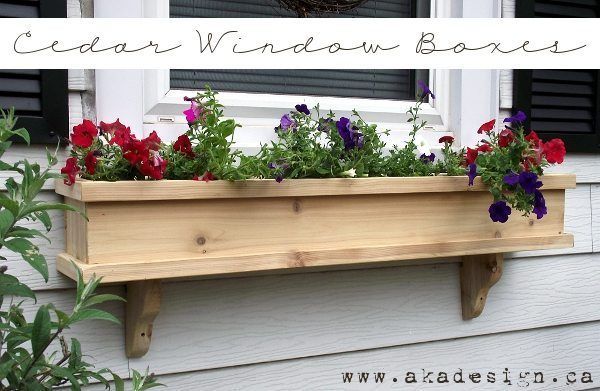
Italian herbs are in a box on an east-facing window. Although oregano, sweet marjoram, rosemary, and sage are happiest in a southern exposure, they still grow well with only a half day of sun, and the basils, leaf celery, and parsley appreciate the afternoon shade. The various colored sages—golden, purple, and tricolor—are wonderful for creating some contrast. A fennel plant or a bay laurel in a large pot nearby is appropriate to this plant grouping.
Sun-worshipping Italians in a pleasing arrangement at the start of the season will fill their box to overflowing by the time summer’s heat arrives.My shady window box is a favorite, with its refreshing minty aroma and edging of jewel-like alpine strawberries. Try chervil, mints, parsley, leaf celery, violets and violas, alpine strawberries, sorrel, lemon balm, cilantro, and sweet woodruff. In full shade, only a handful of herbs will do well. Use mints, violets, sweet woodruff, and chervil for an attractive planting. Experiment a little until you know exactly how far you can push it; you may be pleasantly surprised.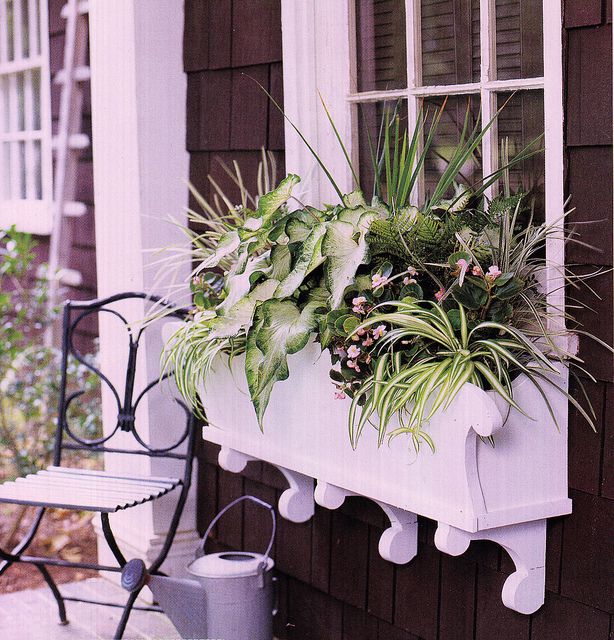
Fines herbes—chives, tarragon, chervil, parsley—is a classic of French cuisine. I grow all four in one large basket on an east wall, but they could as well be in a window box. The chervil will grow only in cool weather, so I sow seeds every few weeks for a longer season. During warmer weather, I use a little more tarragon in my cooking and leave out chervil. In summer, a couple of nasturtiums trailing down the edge give a lovely effect. Fines herbes is delicious in omelets, sprinkled on a creamy cheese, or in a spring salad of butter lettuce.
I like to plant a basket of the various basils near my kitchen. There’s not enough for large batches of pesto, but I use it often to add a bit of flavor to a dish. There are many basils that will work. My last basket contained Thai, ‘Mammoth’, ‘Genova’, ‘Red Rubin’, and ‘Cinnamon’. Others to try include lemon basil, dwarf bush basil, and ‘Purple Ruffles’. ‘Cinnamon’ basil blossoms are delightful in fruit salads; lemon basil has an affinity for fish, and Thai basil is a natural in Asian cuisines.
Dwarf varieties are often the best choice for the window box
Dwarf varieties of many herbs are available and will fit right into a window box environment. Among them are miniature thymes, compact oregano, dwarf sage, and small forms of parsley, basil, chives, and dill. Dwarf ‘Blue Boy’ rosemary has a better flavor and is more compact than prostrate rosemary. Dwarf sage has narrow, silver-colored leaves and impressive spikes of purple flowers in spring and summer. Dwarf forms of oregano don’t share the same strong flavor of their Greek and Italian brothers, but they still taste of oregano and are much smaller.
Naturally compact herbs also work well in all but the smallest window boxes.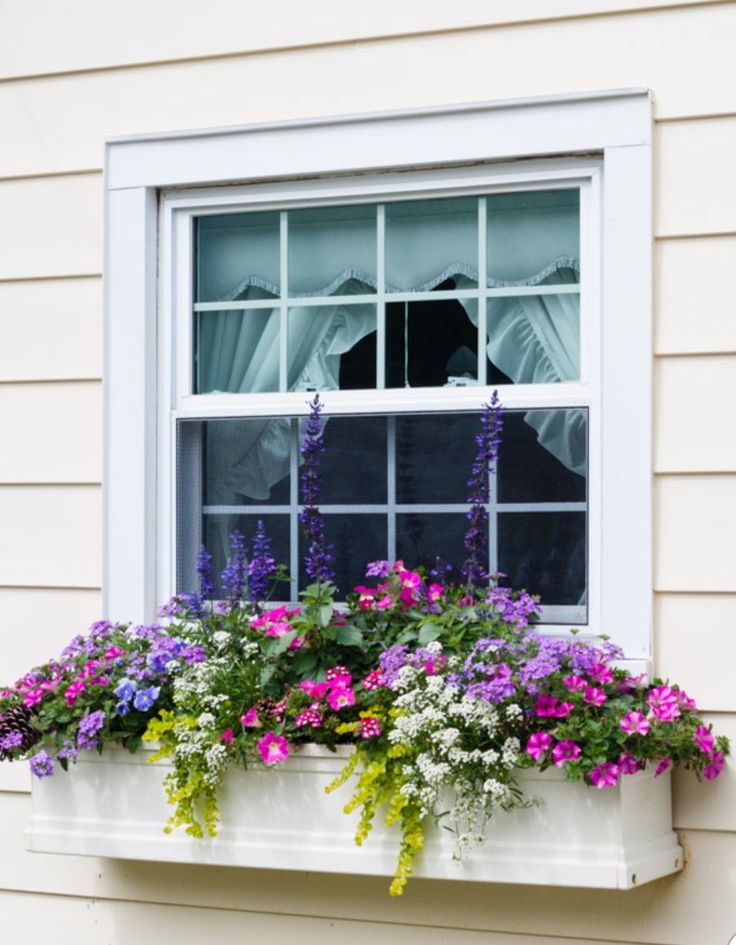 Tarragon, chervil, sweet marjoram, creeping winter savory, many of the oreganos, sweet woodruff, and chives are but a few possibilities. Most of the thymes work well in confined situations. I like to use silver and lemon variegated thymes for the contrast they provide. Among the rosemaries and lavenders, look for varieties that stay under 2 ft. tall.
Tarragon, chervil, sweet marjoram, creeping winter savory, many of the oreganos, sweet woodruff, and chives are but a few possibilities. Most of the thymes work well in confined situations. I like to use silver and lemon variegated thymes for the contrast they provide. Among the rosemaries and lavenders, look for varieties that stay under 2 ft. tall.
Choose sturdy, well-built boxes, as wide and deep as possible. Be sure to install boxes securely, as they’ll be heavy when full, even with a lightweight potting mix. We install boxes to leave a gap between the back of the box and the siding to allow for air circulation, especially important if your house has wood siding.
Potting mix should be lightweight, drain well, and yet hold moisture. I use a commercial mix to which I add compost and fertilizer. If you’re concerned about weight, mix in some perlite. Fill the box to the top, and water it well to settle the soil before planting. The final soil level should be 1 in. to 2 in. below the rim of the planter.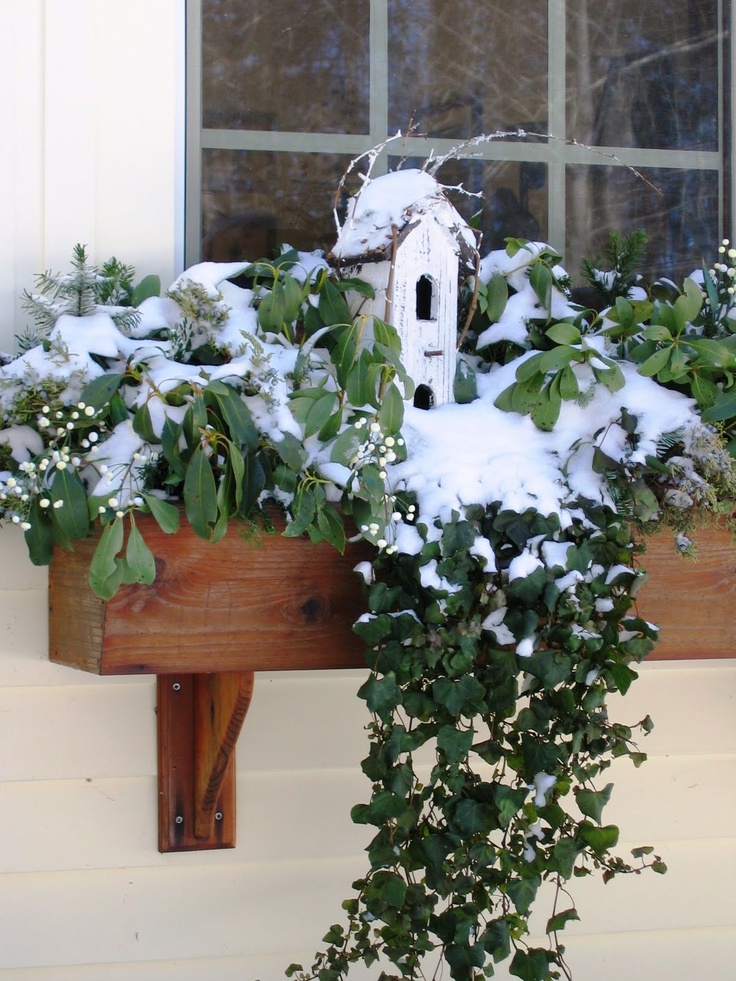
Arrange plants in an attractive group before planting, as it’s easier to work out a pleasing combination while they’re still in their pots. I try to place thirstier plants toward the back and middle of the boxes, where the soil stays moist the longest. Most contrast is provided by foliage, so keep in mind color, texture, and form when working. I harvest regularly, so I plant herbs close together for a full look.
Annuals can add color and an extra level of culinary delight
I enjoy some color in my boxes, so I fill in with annual flowers such as gem marigolds, violas, and nasturtiums. These are all edible flowers, although low-growing, nonedible annuals such as alyssum, creeping daisies, or lobelia will also work well. Small bulbs such as species daffodils, crocus, and grape hyacinth are another way to add seasonal color. I sometimes use small-scale perennials (violets and alpine strawberries are especially suitable) in my herb window-box gardens.
Remember, if you have wide eaves, no rainfall will reach your boxes, and regular watering will be necessary.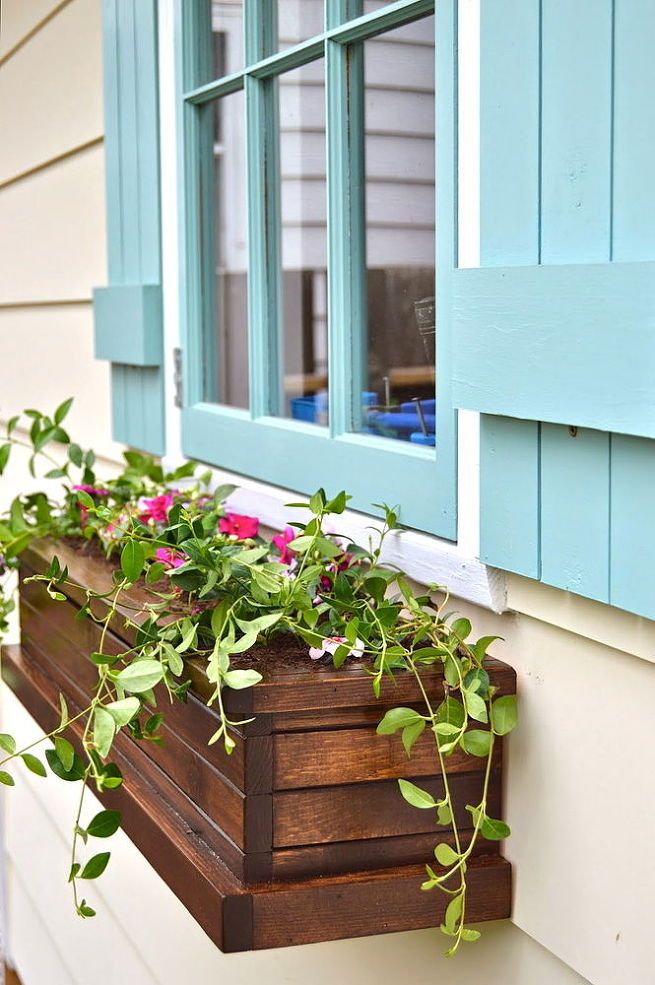 A small drip system on a timer works well. Herbs in boxes also need regular fertilizing, even those from the Mediterranean. I use a complete, organic, slow-release, granular fertilizer. If you harvest frequently, plants will stay compact.
A small drip system on a timer works well. Herbs in boxes also need regular fertilizing, even those from the Mediterranean. I use a complete, organic, slow-release, granular fertilizer. If you harvest frequently, plants will stay compact.
Periodically renew the window boxes. Early spring or fall is a good time to do this. Discard any spent plants, and top prune and root prune (especially spreading herbs like mint) to keep the perennials compact. Replace as much spent soil as practical with fresh soil and fertilizer. Replant and add any new plants, and you will have a rejuvenated beauty of a box just outside your kitchen window. If you live where the ground freezes, dig up any sensitive plants and winter them in a sunny, enclosed space where the temperature remains above 40°F.
How To Make A Window Box Herb Garden
Home › Edible Gardens › Herbs › General Herb Care
General Herb Care
By: Laura Miller
Image by JENNIFER E. WOLF
Growing herbs in window boxes is a space-saving method for producing culinary ingredients for kitchen use. Creating a window box herb garden can be more than a practical gardening solution. It can add curb appeal and exterior aesthetics to any building.
Creating a window box herb garden can be more than a practical gardening solution. It can add curb appeal and exterior aesthetics to any building.
How to Make an Herb Window Box
Many culinary herbs do best in full sun and this can make light exposure one of the key requirements when growing herbs in window boxes. For the best results, choose windows which receive at least 6 hours of direct sunlight per day.
Many leaf-producing herbs can thrive in partial sunlight (4 to 6 hours per day), but growth is often slower. Regular pruning to maintain bushiness is recommended. In addition to light exposure, consider the following when creating a window box herb garden:
- Accessibility – Once planted, the herbs in a window box require regular watering, pruning and harvesting. Having easy access to the boxes will make taking care of the herbs more manageable.
- Size – Not only will the dimensions of the box determine the number and type of herbs which can be grown, but it also affects the aesthetics of the building.
 To present a balanced look, choose a box that spans the width of the window.
To present a balanced look, choose a box that spans the width of the window. - Weight – The total weight of the window box, soil, plants and water should be considered when mounting an herb window box. To minimize weight, choose plastic over wood planters and use a soilless potting mix.
Herb Window Box Ideas
What are good herbs for window boxes? In general, the best herbs will be those which you use the most. That being said, herbs which have similar sunlight and water requirements will thrive together better than those with differing needs.
Another consideration is size and growth habits of the individual plants. When mixing different herbs in a window box, trailing or low-growing herbs are usually placed in the front of the box. Bushier, taller or upright plants will be more at home in the back.
When choosing plants, gardeners may also wish to focus on a particular herb-garden theme. Possible herb window box ideas include growing Italian culinary herbs, aromatic herbs for potpourri and soapmaking or herbs for tea.
Here are a few of the many herbs which can successfully be grown in a window box:
- Basil
- Chamomile
- Chives
- Cilantro
- Lemon Balm
- Mint
- Oregano
- Parsley
- Rosemary
- Sage
- Tarragon
- Thyme
This article was last updated on
Read more about General Herb Care
Did you find this helpful? Share it with your friends!
You might also like…
15 Window Box Ideas - Perfect Planting Tips for Floral Interest All Seasons
These window sill ideas will inspire you to add flowers and greenery to small spaces for a beautiful display in spring, summer, fall and even winter.
Thank you for registering with Realhomes. You will soon receive a confirmation email.
There was a problem. Refresh the page and try again.
By submitting information, you agree to the Terms of Use (opens in a new tab) and Privacy Policy (opens in a new tab) and you are at least 16 years old.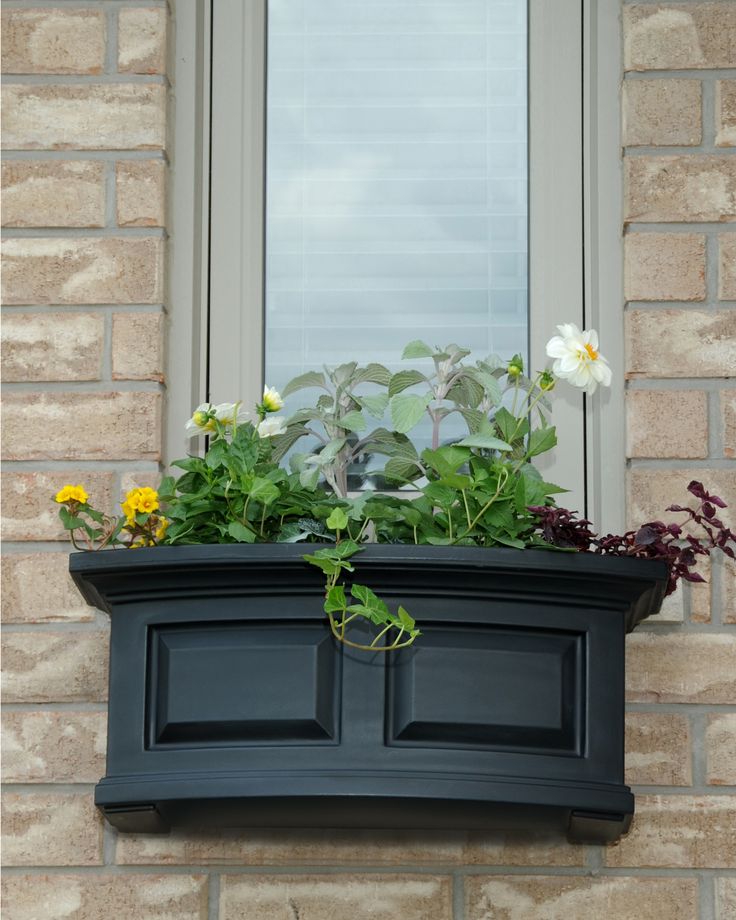
Whether you're short on outdoor space or not, window box ideas let you add greenery and your favorite plants to any spare little space you have in sight. Perfect for a lone window sill and also perfect on the ground, whether you want a minimalist look of sheer foliage or a colorful number to brighten up the view, in and out of your home, window planters will do the trick.
When it comes to choosing the best garden plant ideas for your window boxes, it depends on your taste as well as where you plan to place your planters.
As more and more of us aspire to become expert gardeners, even if we don't need as much space in the garden to work in, planting in a window box is a brilliant way to use your vertical space in a practical and beautiful way. We spoke with Chris Bonnet, founder of Gardening Express , who says: “Flowering window boxes are a cost-effective way to increase the attractiveness of a home, especially if there is not much room to plant. Using a variety of plants with different textures and colors will add dimension and personality to any dull outdoor space.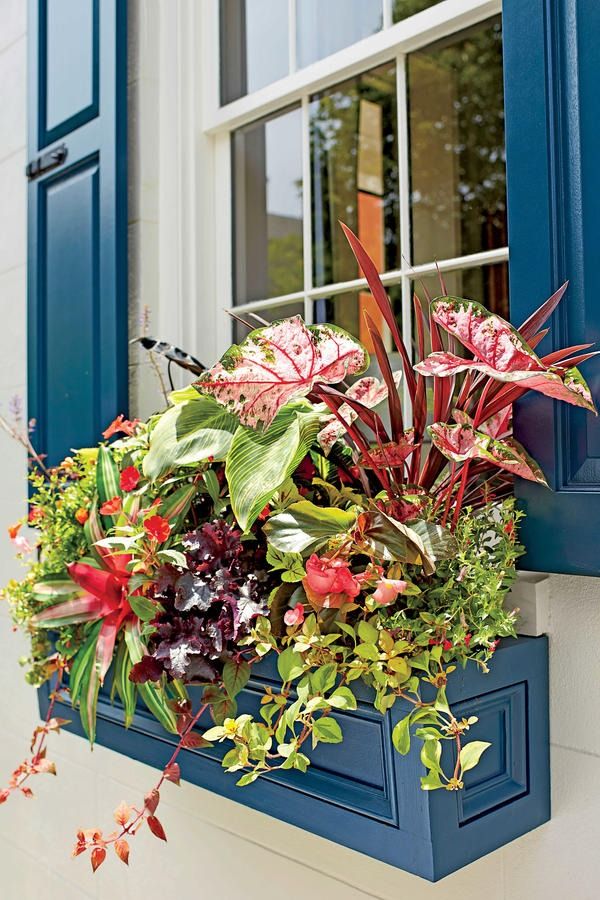 They are easy to put on and take off without leaving marks.
They are easy to put on and take off without leaving marks.
1. Choose a metal frame for a traditional feel
For a classic look, choose a window sill with a traditional metal frame reminiscent of a hay trough. Add some peat-free compost and house your plants for a summer display. Combining pink and red together will add a splash of color - geranium will do the trick!
2. Use them to decorate your outdoor living space
You've already decorated your window sills, so place some more window boxes next to your outdoor seating area for the finishing touch. Groups of three always work best, choose designs that complement the rest of your scheme and add a few colors to them that work with your chosen color palette.
- We have more outdoor kitchen ideas so you can dine al fresco in no time.
3. Plant your greens all year round
Window boxes with hooks are a brilliant idea, meaning you can hang them over a balcony or on a wall - both are great choices if you don't have a window sill.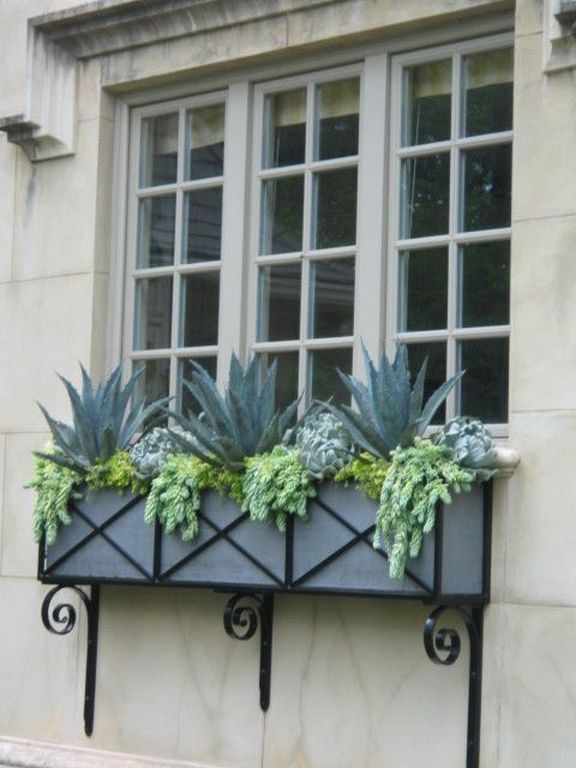 If you're not a big fan of green fingers and bright colors don't suit you, but you want something that adds texture and interest all year round, consider planting hanging ivy. It will last well and is a great low maintenance option.
If you're not a big fan of green fingers and bright colors don't suit you, but you want something that adds texture and interest all year round, consider planting hanging ivy. It will last well and is a great low maintenance option.
4. Choose rustic wood for character
There are window frames for every style, whether your home is ultra-modern or full of vintage property charm. Or use them in your shed or outbuilding. Create a welcoming glow by adding magical garlands gently mixed with plants. For safety, you can use battery-powered lamps.
5. Fill an ornate window box with one variety
The beauty of window boxes is that they can also be used on the ground. When planting, remember that less is more – the same theory we use with our interiors. An ornate design will look much better with one type of garden plant because you don't want to detract from the details.
6. Create a feeling of spring
These wooden box vases will work on deep windowsills, and if you don't have them because you live in an apartment, choose designs that can be stacked on top of each other.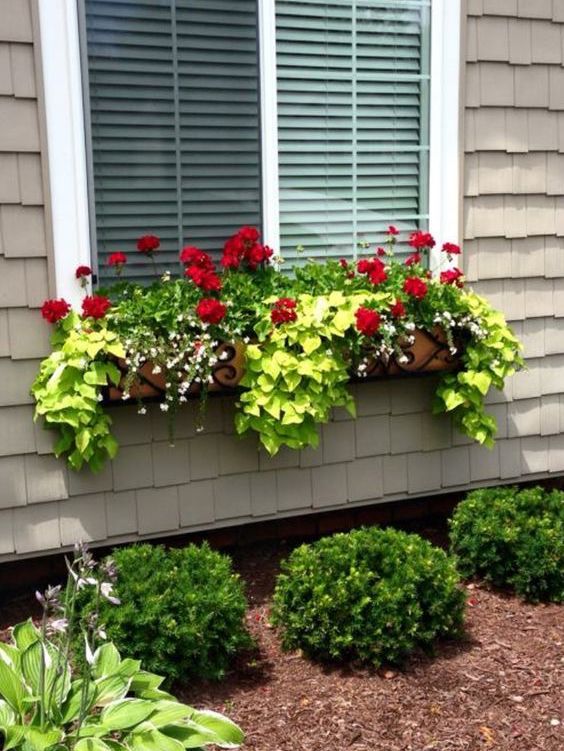 The beauty of these is that you can simply place your chosen plants directly into individual pots - no need to use compost.
The beauty of these is that you can simply place your chosen plants directly into individual pots - no need to use compost.
7. Create a wildlife-friendly display
For beautiful blooms throughout the summer and fall, choose long-lasting varieties. Dianthus, Sweet William and Erigeron daisies will create a meadow-like feel that will trail down. This combination is perfect for pollinators like butterflies to create wildlife and a particularly bee-friendly garden space, even if you don't have much space!
8. Choose a white vine for a whimsical look.
Country-style window boxes can be filled with beautiful flowers such as geraniums, lavender, delphiniums and roses. If you choose a design like this white PET plastic flower box, it will last for years and will not stand up to the winter months.
9. Fill the window frame to the brim with hanging flowers.
Do you like the country garden style? This window box is full of colors that will match this theme.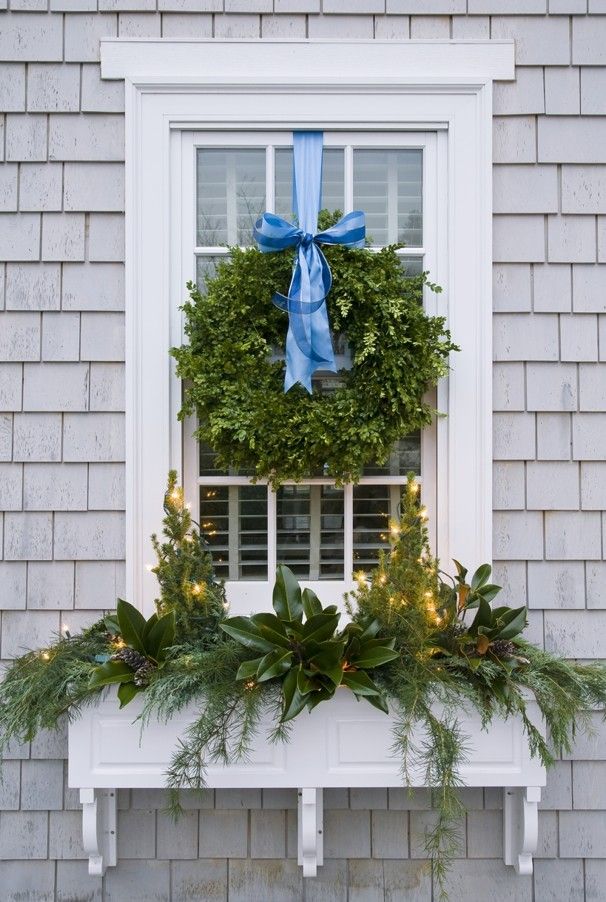 Intense pinks and lilacs combined with textured foliage create an eye-catching display - look to Osteospermum, Rhodochiton, Senecio and Verbena to recreate this fabulous arrangement in your window box.
Intense pinks and lilacs combined with textured foliage create an eye-catching display - look to Osteospermum, Rhodochiton, Senecio and Verbena to recreate this fabulous arrangement in your window box.
10. Know that size doesn't matter
If you're a beginner gardener or don't have much room to play, it's perfectly fine to start small. You don't have to fill the whole window sill, you can just plant one window sill and place it in the middle. This galvanized planter is full of beautiful pansies and is a great choice for a quick coloring in the spring.
11. Make life easier with handles
Window boxes can get heavy when filled with compost and plants, so make your life easier and look for designs with handles. This enticing timeless pot is pleasing to the eye and you can place two next to each other on a windowsill. Use it for herbs or beautiful plants.
12. Vintage
This classic window frame is made from galvanized steel to ensure it is weather resistant. The rectangular body means it will fit perfectly in depth on a standard size window sill, whether you want to place a small structure in the middle or a long one to completely fill the window sill. To add height, fill it with a plant that will grow up instead of down.
The rectangular body means it will fit perfectly in depth on a standard size window sill, whether you want to place a small structure in the middle or a long one to completely fill the window sill. To add height, fill it with a plant that will grow up instead of down.
13. Perfume plant
Lavender is one of the easiest flowers to grow in window boxes; its compact growing habit will add enough height without falling off. Try combining thyme, lavender and sage for an even more fragrant herbal window sill that's also perfect for bees.
14. Choose the best window box herbs
Growing a window box herb garden is one of the most enjoyable projects for a small space. You can easily combine multiple herbs in one window box: thyme, basil, parsley, and oregano will grow happily together, though rosemary is probably best left as a border plant as it can get leggy. Most herbs can be easily grown from seed: just give them two to three weeks to germinate.
What can be done from old windows: the most interesting ideas
You have completed repairs in a country house or apartment, and, among other things, you still have old window frames as a memory of it.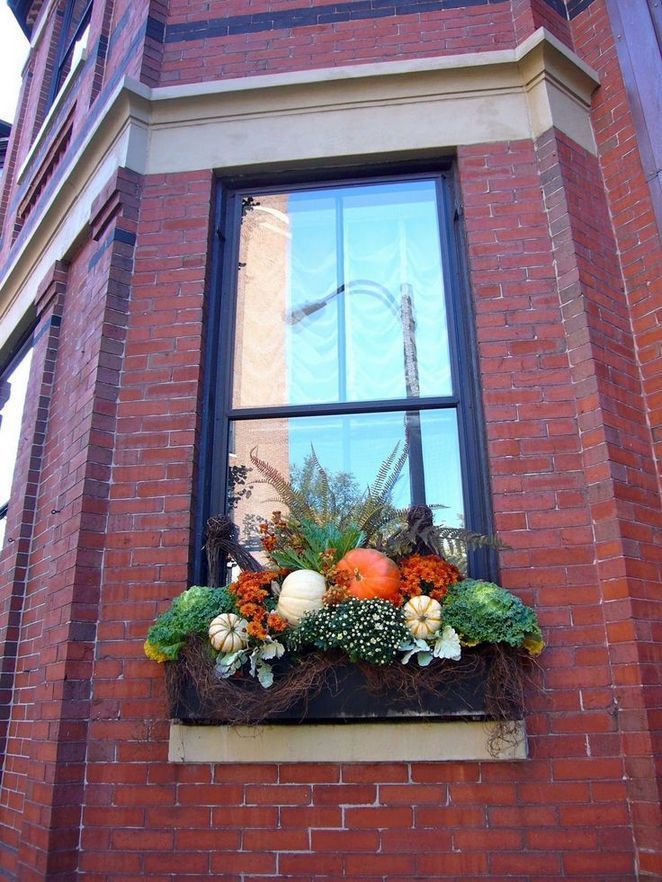 And before classifying them as rubbish and making an unambiguous decision, carefully inspect the material. Perhaps the frames will find real use in the country or in the apartment, but in a different capacity. What can be done from wooden or plastic windows?
And before classifying them as rubbish and making an unambiguous decision, carefully inspect the material. Perhaps the frames will find real use in the country or in the apartment, but in a different capacity. What can be done from wooden or plastic windows?
All ideas of reincarnation of old wooden or plastic windows can be conditionally divided into two parts depending on their function - aesthetic or practical. If you need to decorate your home, convert window frames into panels, mirrors, or photo frames. Old windows can be useful in the household as high ridges, a greenhouse or greenhouse, and even a table.
Materials and tools for painting windows
Before you paint old wooden windows with your own hands, you need to prepare the necessary materials. Carefully check if you have everything and, if necessary, buy more things that are missing. To paint a wooden frame, you will need the following tools:
- manual and electric sander;
- scraper;
- spatula;
- foam roller;
- small brush;
- building tape;
- paint container;
- hammer, screwdriver, nails;
- old rags and newspapers.
You also need to purchase materials such as:
- wood primer;
- putty for wood;
- solvent;
- White spirit;
- paint.
Don't forget to buy white spirit
Also have a ladder or stool ready to reach the top of the window. It will not be superfluous to take care of the means of protection against harmful fumes. These can be special glasses, a respirator or a medical mask, gloves, old clothes, which, if you get dirty, will not be a pity. You will also need a piece of plastic film to cover the space under the window and not splatter everything with paint.
Recycling plastic windows
PVC windows contain many components that can be reused in the manufacture of other products. This is done in two ways:
- Automated. Double-glazed windows are removed from window structures. Then the profiles are placed in grinding devices, where they are crushed into small fractions.
The remains of plastic, rubber and metal are divided into different groups. PVC is ground to powder and combined with extrusion additives. The mixture is pressed into granules, which are then used for the manufacture of window sills and in multi-component casting of window profiles
- Manual. Windows are dismantled, double-glazed windows and metal spacers are crushed. The fittings are dismantled, the tightness contours are removed from the grooves of the frames and sashes, and the reinforcing inserts are removed from the internal chambers of the profiles. After that, the plastic profile and metal parts are carefully crushed. The process is lengthy, allowing the company to make less profit than with automated disposal. This is due to the need to maintain a larger number of workers and lower productivity. But with manual processing, you do not have to purchase expensive equipment.
Greenhouse
The most obvious thing to do with used frames is a greenhouse. Indeed, glass perfectly transmits the sun, but at the same time protects plants from wind and precipitation. Wooden frames are well fastened together with nails and corners and serve as a solid frame for the greenhouse. Opening vents provide ventilation in the greenhouse. If the number of old windows does not allow you to make a full-fledged greenhouse, but it is needed, then you can design a greenhouse. In it, windows are needed only for the manufacture of the "roof".
Putty and primer
Before carrying out this operation, carefully examine the window and mark all cracks and chips with a marker, then go over with sandpaper to eliminate obvious roughness. All cracks and irregularities found should be treated with an oil or latex filler.
The puttying process should be given special attention, since the heat-saving properties of windows directly depend on its quality
A rubber spatula is used to carry out the work. Excess putty should be removed immediately, after it hardens it will be problematic.
Wood putty has a certain drying time according to the instructions, which must be observed.
As soon as the first layer of putty has dried, if necessary, apply a second one. When the second layer is also dry, you should walk with fine-grained sandpaper over the puttied surfaces.
Criteria for choosing paints for painting wooden windows
Painting a wooden window is not at all difficult. Today in stores and markets you can find a huge range of paints and varnishes for self-coloring. In order to choose the right product, you need to clearly know what characteristics it should have. There are several selection criteria that are recommended to guide the purchase:
- weather resistance;
- protection against the formation of fungus and other harmful organisms;
- good coverage;
- UV and discoloration resistant;
- dirt resistant;
- allow the wood to "breathe";
- fast drying.
All of these properties will help the old window frame to acquire a beautiful appearance and increase the performance of windows.
For painting wooden frames indoors, it is better to give preference to special oil-based alkyd paints. They are resistant to moisture and detergents. It is easy to work with such material due to its elasticity. The same property allows the painted surface to remain intact and unharmed as a result of the swelling and drying of the tree. If the work is done correctly, the frame painted with an alkyd composition will have a presentable appearance for up to 5 years.
Acrylic paint is suitable for outdoor work. It is more affordable, not afraid of water, dries quickly and has no unpleasant odor. The advantage of acrylic paints is that, if necessary, they can be diluted with water or change the color by adding color to the base. There are also universal compositions for indoor and outdoor work. Choosing a domestic product or an imported one depends on your wallet and personal preferences.
The color of the coloring material is selected based on the interior of the room. Basically, they choose a standard range: white, some shades of brown, brick. To create bold design solutions, you can experiment with bright options.
When painting windows, choose a weather-resistant paint. It will help you choose a product that suits your product, operating conditions and climatic features of the region.
DON'T THROW OUT YOUR OLD WINDOWS: 10 Cool Ways to Remodel Home and Garden Decor
There's a way to save and remake just about anything, even if it may seem unlikely. Take, for example, an old window. It seems that there are not many options for what can be done with it, and no interesting thoughts come to mind. However, the more you think about it, the more you can come up with. In fact, there are many projects, remodeling old windows, and here are some of them.
Old windows can be used to make a mini greenhouse for your backyard or garden. This could be a small extension to the back of the house where you can grow plants or perhaps herbs to use in the kitchen. Either way, windows are perfect for this job. You can use them to frame the greenhouse and then add a small roof and a shelf inside.
Finding a use for old windows is easy inside the home, especially if you're a fan of rustic furniture and decorations. One idea is to turn windows into doors for some storefronts. Something like this might look good in a dining room or kitchen. You can make custom wood cabinet frames so that the converted doors fit perfectly.
An old window can be quite easily converted into a chalkboard that can be hung on the wall near your workplace, hallway or kitchen. All you need is chalk paint and a brush. If the frame needs repair, spend some time on it first. Then tape the frame and apply chalk paint to the glass. Apply several thin layers, let dry.
Another really cool idea is to replace the glass of an old window with a mirror. So you can use a frame that will fit perfectly in a cozy home with a little rustic flair. You can hang a bathroom mirror above a towel rack or find another use for it.
Watch
It's not that difficult to make a watch in the author's original design. It is enough to cut the glass of the desired size and shape, sand the edges to remove sharp corners. Then measure the center and put the numbers you want. Having disassembled the usual cheap alarm clocks, you can get the mechanism from there and replace the native dial with your glass one. In this way, you can give originality to any standard Chinese alarm clock, which you can decorate as you like.
Wall clock
Work of loaders
The owners of apartments and offices are worried that when taking out windows after dismantling and replacement, a lot of debris may remain. The movers of the company work carefully, lay a special coating on the floor, after which they will clean it up. Construction debris is collected in bags brought in, so as not to litter in the elevator, on the stairs. Discuss with the manager of the company the conditions for the removal of old things, construction waste, indicate the conditions under which loaders will have to work:
- what floor is the apartment on;
- freight elevator is working or old things will have to be taken out by hand;
- how easy it is to move around with a load.
After the company's movers take out old things for disposal, the specialists will clean up and the apartment will remain clean.
Decorating
Colored glass shatters and shards cover everything from furniture to flower pots, you can also frame a wall mirror. It is so easy to create whole pictures right on the wallpaper. Fragments are attached to liquid nails or any other glass glue. If there is no colored glass, then ordinary window glass will do, you just need to paint them in the right colors. It is advisable to process the edges of the fragments, as you can cut yourself when you close the seams with grout.
Liquid nails
Replacing rotten sections of a wooden frame
If the rotten section can be helped in two ways:
A sure way to eliminate rot is to cut out the damaged area
The second option is more durable in terms of durability: it is possible to remove the entire infected area, ensuring that the rot does not spread further. The technique is simple. Cut out the affected area, capturing some healthy wood. Cut out a piece of exactly the same shape. Lubricate the joints with carpentry glue, insert a patch, align it, if necessary, fix it, leave it until the glue dries completely.
After it is necessary to putty the seam, sand and paint. All. The window frame (or sash) has been restored.
But it is not always possible (or willing) to cut out a damaged piece of wood. Then you can use epoxy putty with reinforcing fiber. After drying, it is stiff enough to hold its shape.

